An expert on the subject, Tarkett teaches how to mix textures and designs, create contrasts between tones and make the walls “rise” the floor
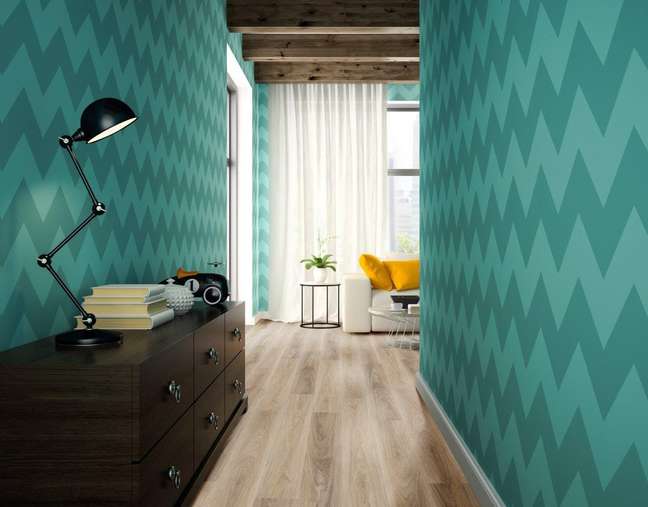
The question is simple: floors and walls not only can but must be combined in the decoration. The question is how to do it, right? To help you in this venture, we take advantage of the experience of Tarkett in the industry to list some tips that can make a difference. Have a good time!
1. Combination is everything
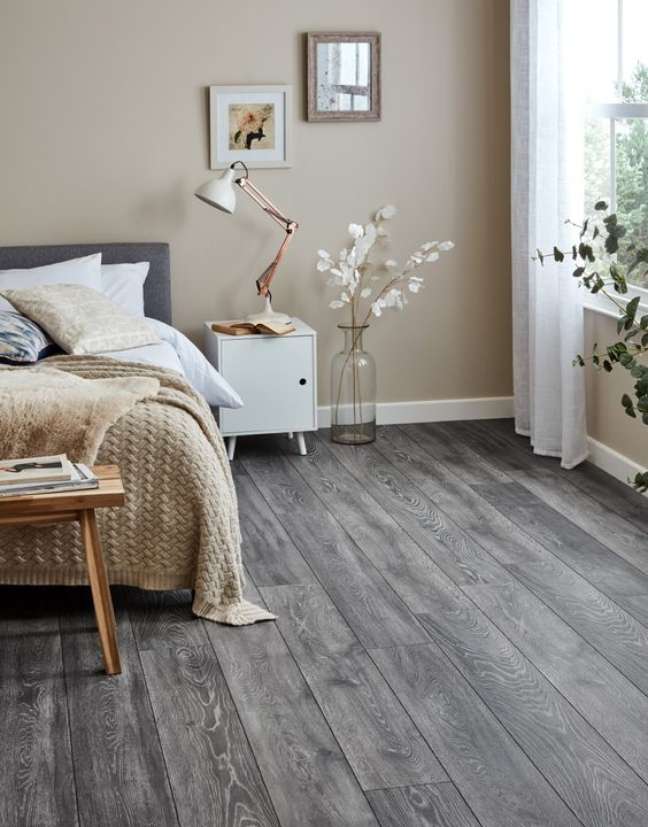
Harmonizing and combining the elements with each other in a project taking into account the premises established between style, tastes and design needs is fundamental. When combining elements that do not maintain any kind of relationship, the mistake is certain.
This doesn’t mean that floors and walls have to be the same in everything, especially when it comes to color. It is also possible to have different characteristics and develop a décor that can become special for you and your family.
2. Contrast between shades
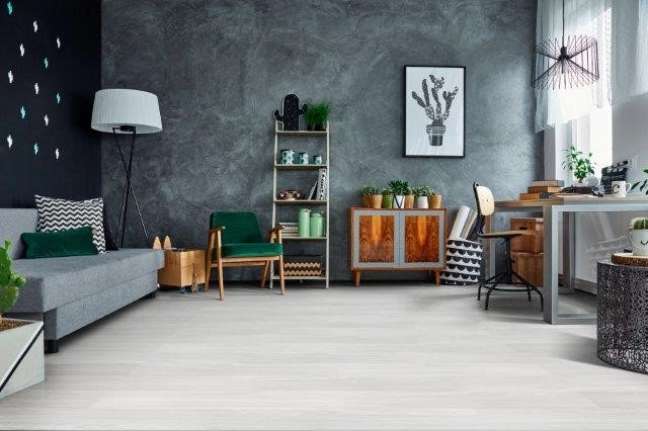
If you don’t know where to start thinking about your floor and wall combination, a great place to start can be create a tonal contrast between these elements, and can even use furniture as a “transition”. This leaves the environment with a dynamic and visual fluidity that certainly attracts attention.
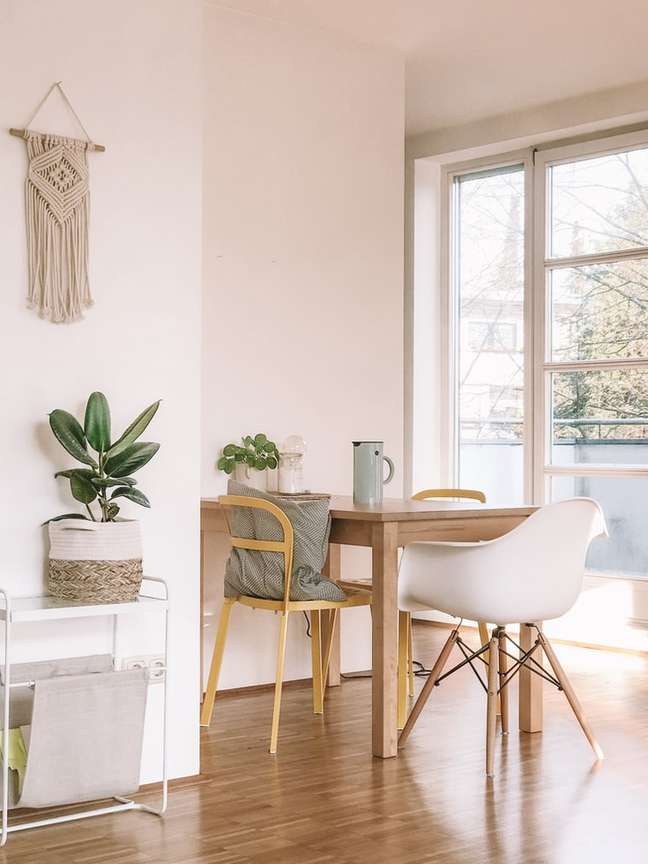
For example: when choosing a vinyl floor that mimics light wood (and vice versa when it is dark), a darker paint color or even a more differentiated finish, such as burnt concrete, can be applied to the walls.
Let the warm colors flow into the details, preferably on smaller items and items that can be easily changed over the years.
3. Climb the walls
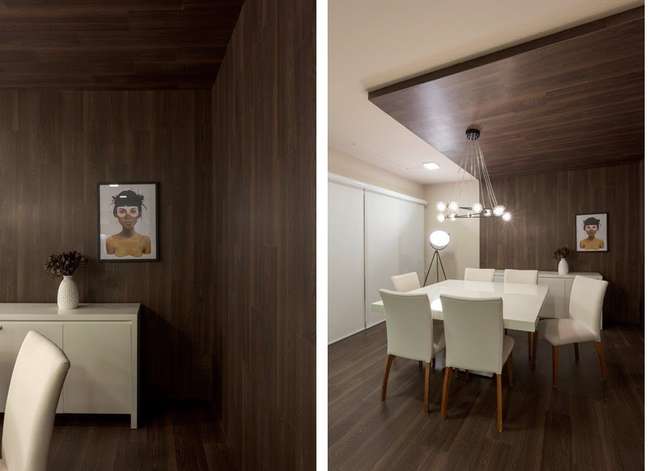
Vinyl floors are excellent alternatives for wall covering because, in addition to being light and modular, installation is quick.
One of the solutions that more and more architects and interior designers are exploring with vinyl is to extend the paging of the floor to the walls, also covering the ceiling. This solution gives a feeling of spaciousness to the space and is a good proposal for small rooms.
4. Mix of textures and designs
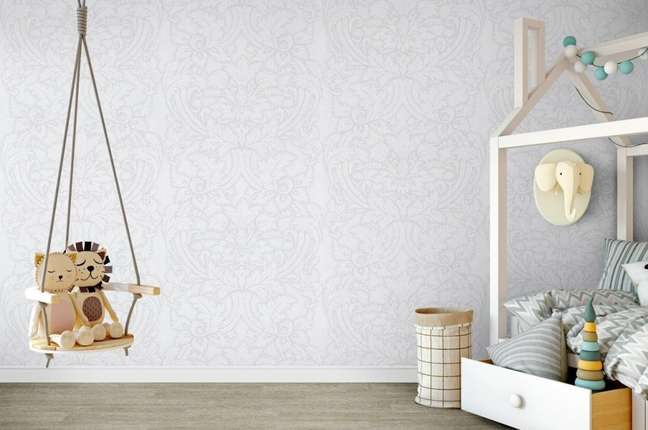
In addition to the contrast between the tones in a neutral palette, another card up your sleeve that you can use to highlight a combination of floors and walls is the mix of designs and textures.
In this sense, vinyl flooring options greatly expand the possibilities. Especially in the woody motifs, the vinyl reproduces a texture that refers to the tactile sensation of stepping on a natural wood floor. This is even better when the wall can complete this sensory experience.
+The best content in your email for free. Choose your favorite Earth Newsletter. Click here!
Source: Terra
Benjamin Smith is a fashion journalist and author at Gossipify, known for his coverage of the latest fashion trends and industry insights. He writes about clothing, shoes, accessories, and runway shows, providing in-depth analysis and unique perspectives. He’s respected for his ability to spot emerging designers and trends, and for providing practical fashion advice to readers.







